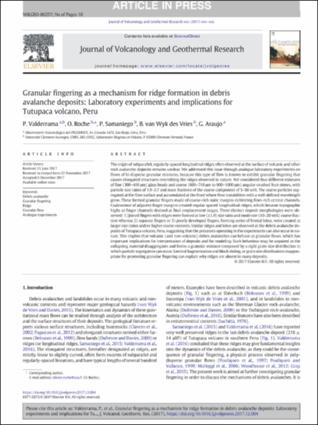Please use this identifier to cite or link to this item:
https://hdl.handle.net/20.500.12544/1169Files in This Item:
| File | Description | Size | Format | |
|---|---|---|---|---|
| Valderrama-Granular_fingering_as_a_mechanism_for_ridge_formation.pdf | Artículo indizado | 910.37 kB | Adobe PDF | View/Open |
Items in DSpace are protected by copyright, with all rights reserved, unless otherwise indicated.











